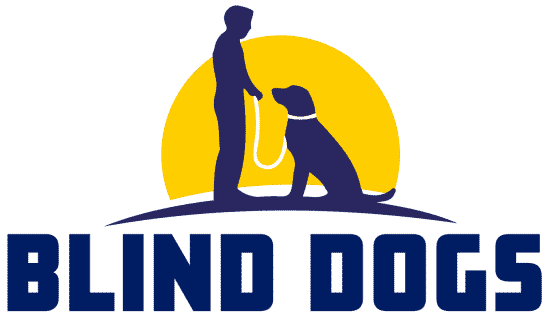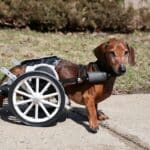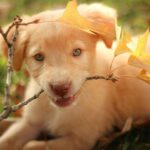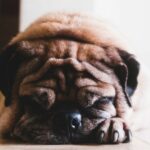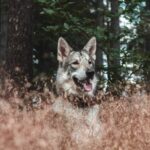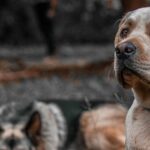Dogs experience a variety of annoying skin diseases and itchiness, one of which is the development of ingrown hairs.
Like humans, dogs have hair follicles that get blocked, causing hairs to grow inward instead of outward.
This results in painful bumps on your dog’s skin, often filled with pus.
If your dog is constantly licking or scratching an area, it may signify developed ingrown hairs.
So, can dogs get ingrown hairs?
Dogs can get ingrown hairs, but there are ways to help prevent it.
For instance, keep your dog’s coat clean and free of debris. Brushing regularly helps remove dead skin cells and loosen any dirt trapped in the coat.
However, if your dog has allergies, talk to your veterinarian about ways to manage them.
In some cases, shaving the hair short may be necessary to prevent ingrown hairs from developing.
In this article, we’ll discuss whether dogs can get ingrown hairs and provide tips on how to prevent them.
If you think your dog may have ingrown hairs, contact your veterinarian.
They will help diagnose the problem and recommend the best course of treatment.
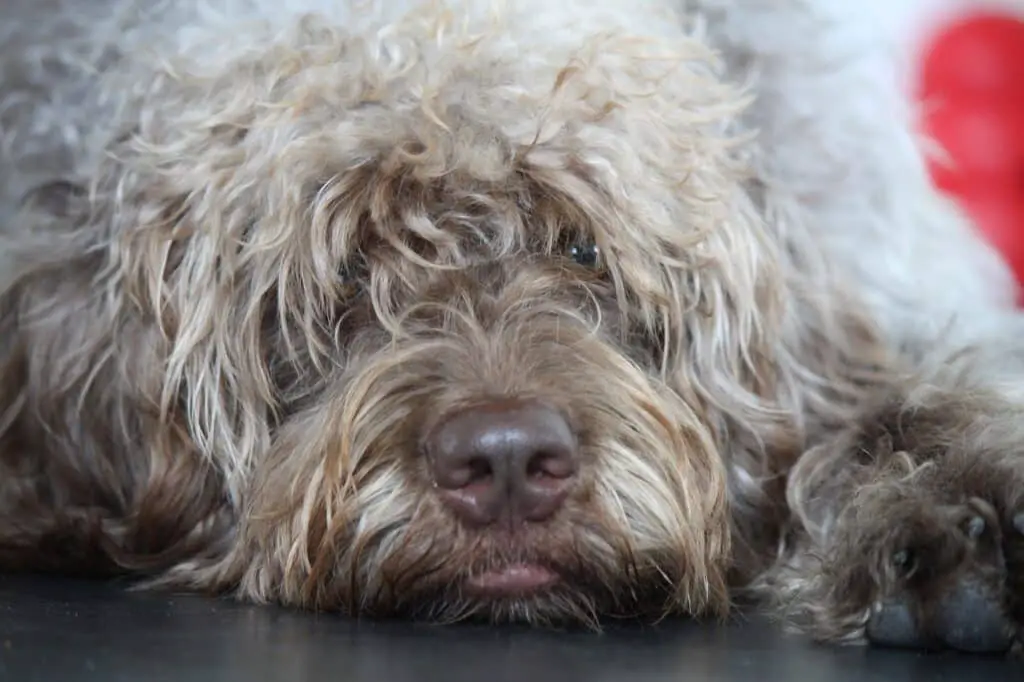
What is an Ingrown Hair?
Hair becomes ingrown hair when it grows sideways into the skin or fails to grow out of the follicle.
This happens due to shaving, waxing, tweezing, or any other type of hair removal.
Ingrown hairs are very painful and may even lead to infections.
Like humans, dogs also suffer from ingrown hairs.
Dogs with long hair are more prone to developing ingrown hairs.
When the hair isn’t groomed properly, it starts to tangle.
As a result, the hair follicles get damaged, and the hair begins to grow into the skin instead of out of it.
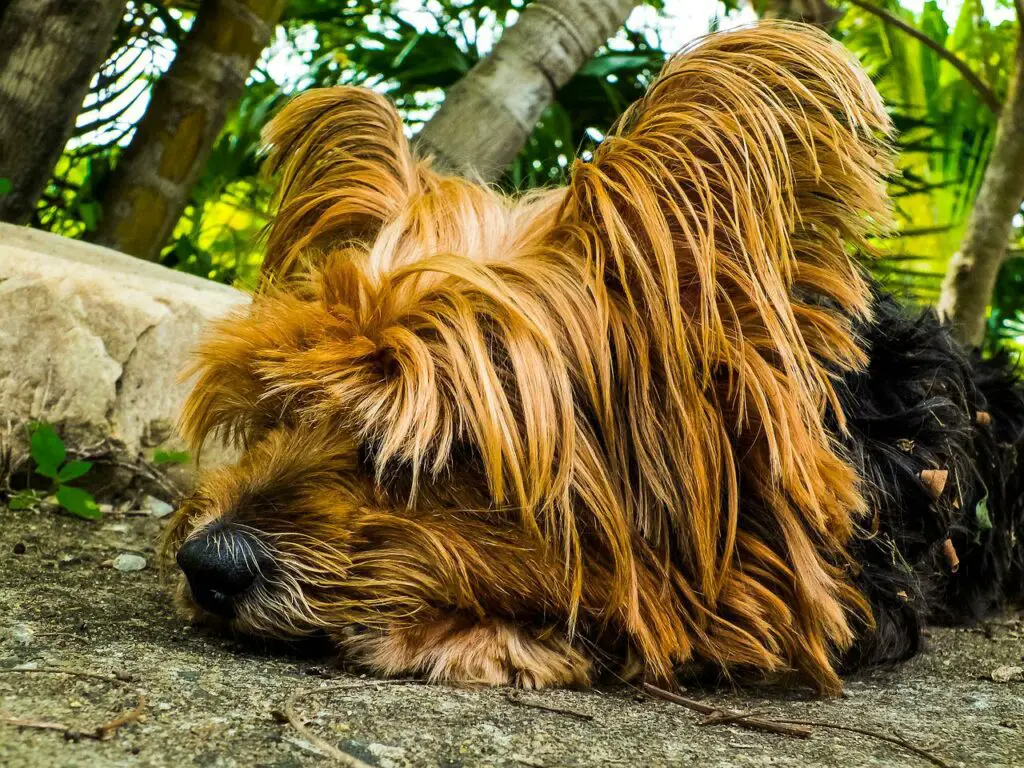
What Causes Ingrown Hairs in Dogs?
Several factors contribute to ingrown hairs in dogs; these include:
Poor Grooming Habits
Overgrooming or overbathing can damage the hair follicles and lead to ingrown hairs.
On the other hand, not grooming your dog also cause ingrown hairs.
The hair becomes matted and tangled, making it more likely to grow into the skin.
Clogging of Hair Pores
If skin pores get clogged, it leads to ingrown hairs.
This is because the hair follicle gets blocked, which prevents the hair from growing out of it.
For instance, certain oils, dead skin, debris, or grooming products clog the hair pores resulting in ingrown hairs.
Hair Type and Allergies
Dogs with thick, coarse, or curly hair are more susceptible to ingrown hairs.
This is because such hair is more likely to get matted and tangled.
Dogs with allergies are also more prone to developing ingrown hairs because the allergies lead to inflammation, which damages the hair follicles and causes the hair to grow into the skin.
The other causes include:
- Skin infections
- Use of steroids
- Cushing’s disease
- Hormonal Imbalance
- Sensitive skin
- Tight clothing or collars
- Wearing a cone collar for too long
- Yeast infections
How to Identify Ingrown Hairs in Dogs
Ingrown hairs appear as small bumps on the skin.
They are very painful and cause a lot of discomfort to your dog.
If you suspect your dog has ingrown hairs, look out for the following symptoms:
- Excessive licking or biting of the affected area
- Hair loss
- Inflammation
- Redness
- Swelling
You’ll notice your dog chewing, licking, itching, or scratching the affected area, attempting to relieve the itch and pain.
It’s easy to notice ingrown hairs in short-haired dogs but hidden under all that fur in long-haired dogs.
Treatment of Ingrown Hairs in Dogs
If you suspect your dog has ingrown hairs, immediately take them to the vet.
The vet will examine the affected area and do a biopsy to rule out any other skin condition.
Treatment for ingrown hairs depends on the severity of the condition.
In some cases, the vet may recommend oral antibiotics or antifungal medications.
If the ingrown hairs are severe, your dog may need to be sedated so that the vet can remove the ingrown hairs.
Using a cone-shaped collar ( Elizabethan collar) to prevent your dog from licking or biting the affected area is essential.
This helps avoid further irritation and speeds up the healing process.
How to Prevent Ingrown Hairs in Dogs
The best way to prevent ingrown hairs in dogs is to practice proper hygiene.
Proper Grooming
To prevent ingrown hairs, brush your dog’s coat regularly and keep it well-groomed.
When you take your dog for a bath, use a mild shampoo that won’t irritate his skin.
Remember to rinse off all the soap thoroughly to avoid any skin reactions.
After the bath, brush your dog’s coat again to remove any tangles.
Shaving
If you’re shaving your dog’s fur, be very careful.
Shave in the direction of hair growth and avoid shaving too close to the skin.
Use a sharp razor, and don’t pull the razor towards you as this can cause nicks and cuts.
If you’re not sure how to shave your dog’s fur, it’s best to leave it to the professionals.
Waxing
If you’re waxing, use quality pet-safe wax.
Apply the wax in the direction of hair growth and remove it quickly in the opposite direction.
Don’t leave the wax on for too long, as this can cause skin irritation.
As much as possible, avoid shaving, waxing, or tweezing your dog’s fur.
If you must do so, take extra care to avoid any irritation.
Regular grooming and brushing help prevent ingrown hairs and keep your dog’s coat healthy and free of tangles.
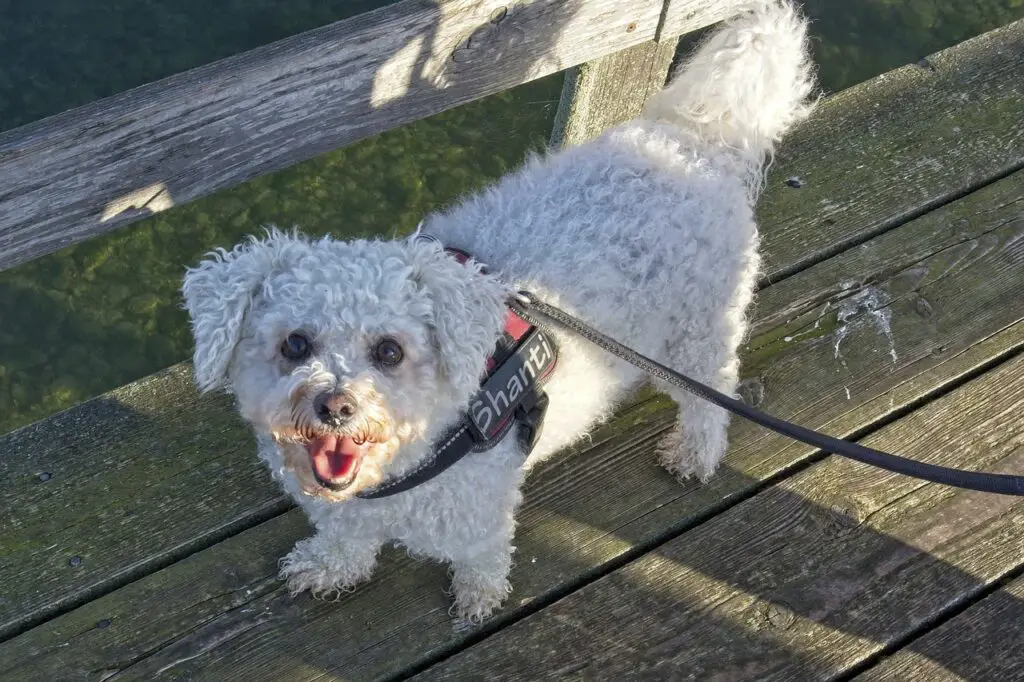
Can Dogs Get Ingrown Hairs FAQs
Do all breeds of dogs get ingrown hair problems?
Not all breeds of dogs do get ingrown hair problems.
Ingrown hair is common in dogs with thick, coarse, or curly hair.
Does applying saltwater to ingrown hairs help my dog?
Saltwater helps cleanse the area and reduce swelling.
Soak a cotton ball in saltwater, and apply it to the affected area for a few minutes; repeat this 2-3 times a day until the ingrown hair comes out.
How often should I bathe my dog to prevent ingrown hairs?
Bathe your dog only when necessary.
Washing your dog too often strip away the natural oils in their coat, making the hair dry and brittle, which increases the risk of ingrown hairs.
Conclusion
Ingrown hairs are a common condition that affects both humans and animals.
While they’re not usually serious, they are painful and uncomfortable.
Dogs with thick, coarse, or curly hair are more susceptible to ingrown hairs, but proper grooming prevents this condition.
Consult your vet immediately if you suspect your dog has ingrown hairs.
Your dog will be back to its furry self with proper treatment and care.
- What Dog Breeds Have Pink Skin? - March 24, 2023
- What Are the Most Inspiring Dog Breeding Quotes? - March 20, 2023
- Can Pheromone Spray Help Improve Dog Breeding Results? - March 19, 2023
